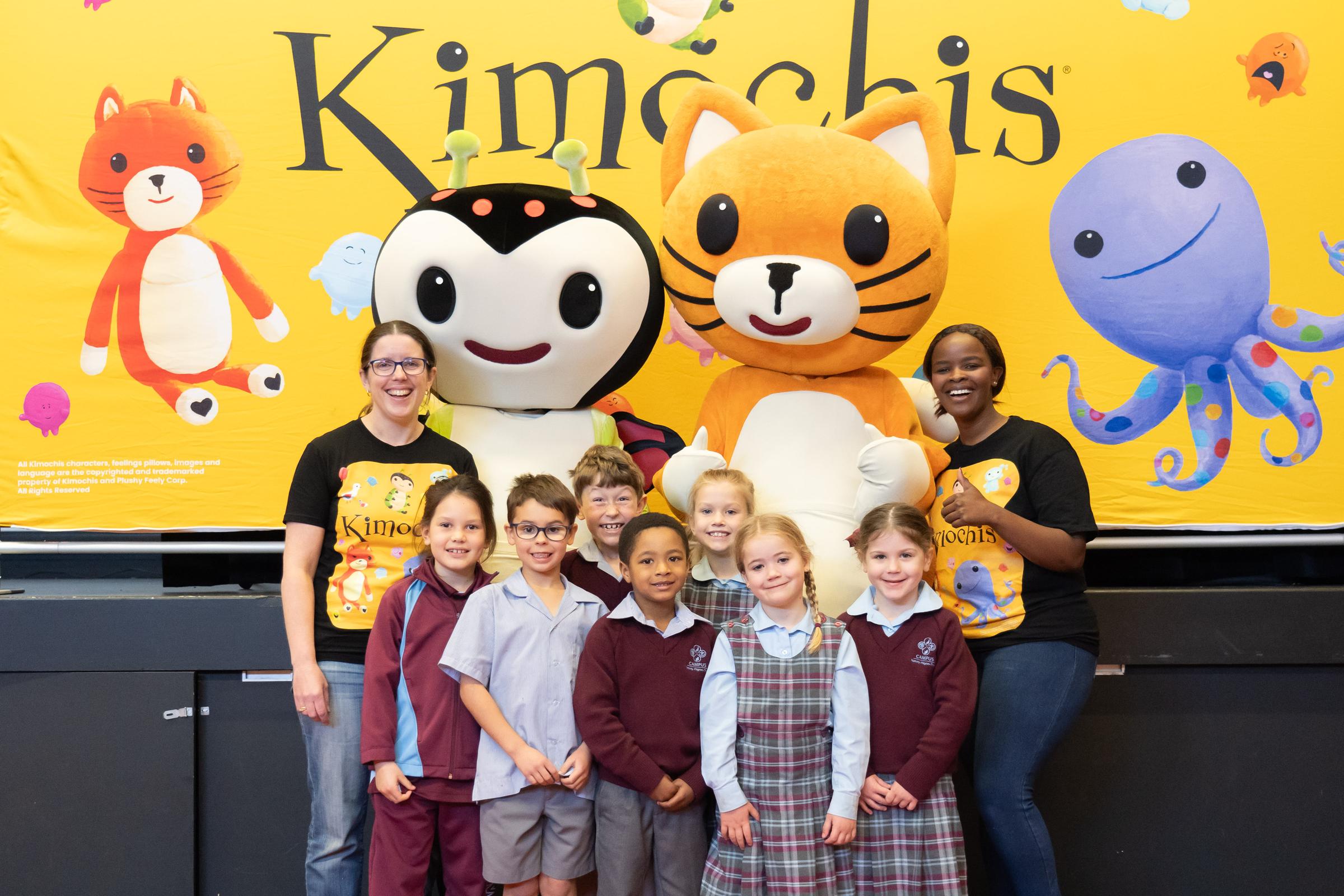Wellbeing

Resource from the Fathering Project
Balancing Work and Family Life
Have you ever stopped to think about how your priorities change over time? From when you are young and entering the workplace, to when you have children, to when you are thinking about retirement and then looking back on your life. Now is a good time to think about it.
I don’t suppose anybody ever gets to their deathbed scene wishing they’d spent more time at the office. You only have your kids for a while; they’re only small once, so why not enjoy them? Parenting has its drudgery and its stresses and low moments. Kids break your heart and wear you out, but anything that’s important will cost you something.
Parenting can be difficult, but the reward is so great. – Tim Winton
Top Tips for Prioritising Fathering
The benefits of prioritising fathering can be felt in the wellbeing of yourself, your kids, your family and your relationships.
Here are some tips to help you prioritise your family more with work.
- Assess your balance. Assess your work-family priorities and compare these against how you currently are using your time.
- Have open honest discussions with your partner/family. Talk about what is most important for everyone involved and be willing to compromise.
- Explore ways to add some extra time with your kids. Some great times for discussions and keeping in touch with your kids are in the car, walking together somewhere or doing chores together.
- Join forces with other dads, father figures and parents at work. Be open at work about being a father, and that family is important to you. Normalise the way you prioritise fatherhood at work by making sure your colleagues know you’re a dad.
- Involve the children in your work. Organise to bring them to work and/or introduce them to your colleagues. Show them what you do each day so they can feel more connected to you. This can give them new appreciation for what you do as well as giving you more things to talk about and share about each other, especially as they get older.
Brett Middleton
Wellbeing Coordinator
Resource from the Friendology Program
Forgiveness in Friendship: Extending an Olive Branch
Written by: Dana Kerford, Founder of URSTRONG & Kids’ Friendship Expert
In our Friendology curriculum, URSTRONG Schools help students spot strengths in themselves & their friends in our fun, character-building activities!
According to VIA Institute of Character, we all possess 24 Character Strengths in different degrees. Everyone has a different mixture or combination of strengths; some representing our top strengths (often called Signature Strengths).
With our theme of FORGIVENESS this month, we’re getting students to reflect on the concept of “extending an olive branch”. This ties in so well with conversations around reconciliation, along with the idea of peace offerings. So many Teachable Moments!
After a Friendship Fire, moving from Talk-it-Out to Forgive & Forget on the Friend-o-Cycle can take time. Kids also share that it can “feel awkward” for a while. One easy strategy to speed things up is by “extending an olive branch”. A few examples include:
- “Hey, wanna play hide & seek?”
- “Have you heard that new song by Shawn Mendes? I think you’d love it!”
- “Want a cookie? I made them last night with my dad!”
- “Wow, cool colours on your painting! It’s so vibrant!”
Forgiveness is such a big, layered topic and there’s so much to unpack with students! Parents can reinforce these lessons at home with this activity: What is Forgiveness? We love the ways our URSTRONG Schools & URSTRONG Families are helping kids move forward after Friendship Fires to get their friendships back in the Green-Zone on the Friend-o-Meter!
Jordan Wheatcroft
Wellbeing Team
